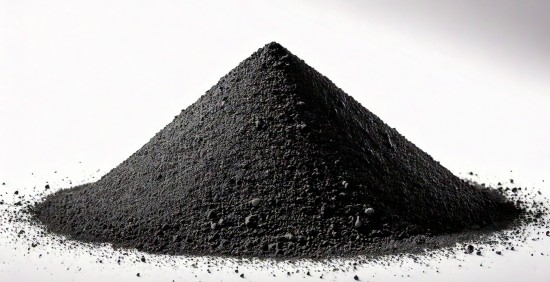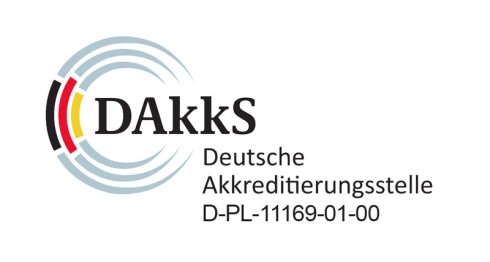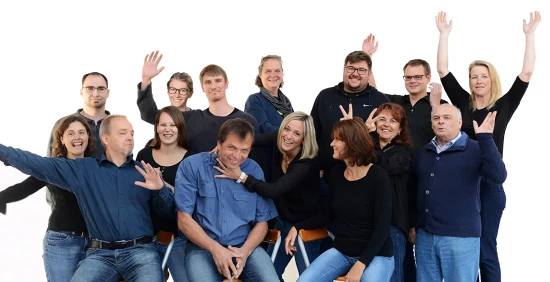TAZ GmbH

TAZ GmbH offers comprehensive services in materials testing, failure analysis, and metallurgical examination.
TAZ GmbH is a leading provider in the field of material testing. Established in 1995 and headquartered in Aichach, Germany, TAZ has emerged as an expert and trusted partner serving automotive, aviation, traffic engineering and medical industry.
TAZ GmbH offers a wide range of services, including complete metallography, optical emission spectrometers, detailed fracture assessments, damage case analyze and quality control inspections.
TAZ excels in spark spectrometry, a vital analytical tool for elemental analysis delivering precise and reliable elemental analysis driving scientific innovation forward.
The company is the first and so far, the only accredited calibration laboratory worldwide according to DIN EN ISO17025 for OES, GDOES, SEM, hardness, and metallography. Their commitment to sustainability is reflected in the accreditation as a certification body by the DAkkS in accordance with DIN EN ISO/IEC 17065.
Focus topics
- Material Testing
- Calibration
- Metallography
- Failure Analysis
- Spark Spectrometry
location
Aichach, Germany
Sales region
Partner since
Founding year
ISO number
Partner website


Our focuses:
Material Testing
TAZ GmbH conducts comprehensive material testing to determine the mechanical, physical, and chemical properties of materials, ensuring safety and quality for various applications.
Calibration
As the world's first accredited calibration lab according to DIN EN ISO 17025 for optical emission spectrometers, TAZ provides precise calibration services that ensure measurement accuracy and compliance with international standards.
Metallography
TAZ offers detailed metallographic analyses, examining the microstructure of metals to understand their properties, production history, and potential weaknesses, providing valuable documentation.
Failure Analysis
The company performs failure analyses to identify the causes of material failures, offering insights that help prevent future breakdowns and improve product reliability.
Spark Spectrometry
TAZ GmbH specializes in spark spectrometry, a method for precise elemental analysis of metals, enabling accurate determination of chemical composition and supporting quality assurance in production.
Quality Control
TAZ provides comprehensive quality control inspections, ensuring that products meet established specifications and standards, helping clients achieve their quality goals.
Case Studies
Explore how we to drive innovation, enhance solutions, and achieve impactful results across industries. Discover our success stories.
ZRM Certification Project Successfully Completed
Custom Reference Material for Carbon and Sulfur Analysis
TAZ GmbH has successfully completed a certification project for one of the largest companies in the steel industry. A pig iron powder was manufactured and certified for carbon and sulfur analysis using infrared absorption after combustion, adhering to the requirements of DIN EN ISO 17034 and ISO Guide 35.
TAZ GmbH conducted a detailed assessment of the homogeneity of the entire 600 kg of material. Following this, a characterization round-robin test was organized with nine qualified testing laboratories, allowing the material to be characterized specifically for this method.
The results were statistically analyzed to check for potential outliers. After determining the expanded uncertainty from the homogeneity investigation and the characterization round-robin, values for the mass fractions of carbon and sulfur were assigned, and the results were consolidated into a certification.
This provides the customer with a certified reference material tailored to their specific needs in large quantities. A comparative report in the form of an interlaboratory study will also be made available to the participating laboratories.

Mix-up Test – PMI Testing
TAZ GmbH successfully completed a large-scale project for a renowned automotive supplier in the areas of mix-up testing, material sorting, and Positive Material Identification (PMI) testing. A significant number of assembly parts made from materials C15 and C45 needed to be differentiated. For this, mix-up testing and material sorting through mobile spark spectrometry analysis were used.
Due to the high volume of parts requiring sorting, we operated in a two-shift system, utilizing two mobile spark spectrometers in parallel. Accurate differentiation between the materials, based on carbon concentrations of 0.15% and 0.45%, required spark spectrometers with high repeatability and precision. Our inspectors are highly trained and qualified. Each sample surface was lightly polished and then precisely analyzed. Certified reference samples for C15 and C45 grades were used to continuously verify analysis results. If carbon concentration discrepancies exceeded 0.04% from the target values, the spectrometers were recalibrated and then rechecked.
Both spectrometers were equipped with calibration certificates from TAZ Service Technology.
The challenge in this mix-up testing and material sorting project was the large number of parts to inspect within two weeks. With a team of four inspectors working in two shifts across two spectrometers, the PMI testing was completed successfully and on schedule.
General Information on Mix-Up Testing / Material Sorting / PMI Testing In general, mix-up testing and material sorting for metallic materials can be performed using two different methods:
Mobile Optical Emission Spectroscopy (OES) in spark or arc mode
Mobile X-Ray Fluorescence (XRF) analysis
Advantages of Mobile Spark Spectrometry:
Capable of analyzing all essential elements, including carbon
Relatively low detection limits, reaching down to the ppm range
Simple operation
Material sorting results can be indicated with a green-red light system
No state-issued qualification required for the operator
Disadvantages of Mobile Spark Spectrometry:
Surfaces must be ground for carbon analysis in spark mode. Carbon analysis is not possible in arc mode
Leaves a spark mark on the surface
Duration is approximately 30 seconds per test
Advantages of Mobile X-Ray Fluorescence (XRF) Analysis:
Completely non-destructive testing
Short analysis times (sometimes only 1-2 seconds)
Material sorting results can also be displayed with a green-red light system
Disadvantages of Mobile X-Ray Fluorescence (XRF) Analysis:
Carbon analysis is not possible
Limited capability for analyzing light elements like phosphorus and sulfur
A formal qualification is required for the operator
Lower detection limits
Improper use can result in X-ray radiation leakage
Certifications / accreditations:
The accreditation is only valid for the scope of accreditation listed in the customer documentation

